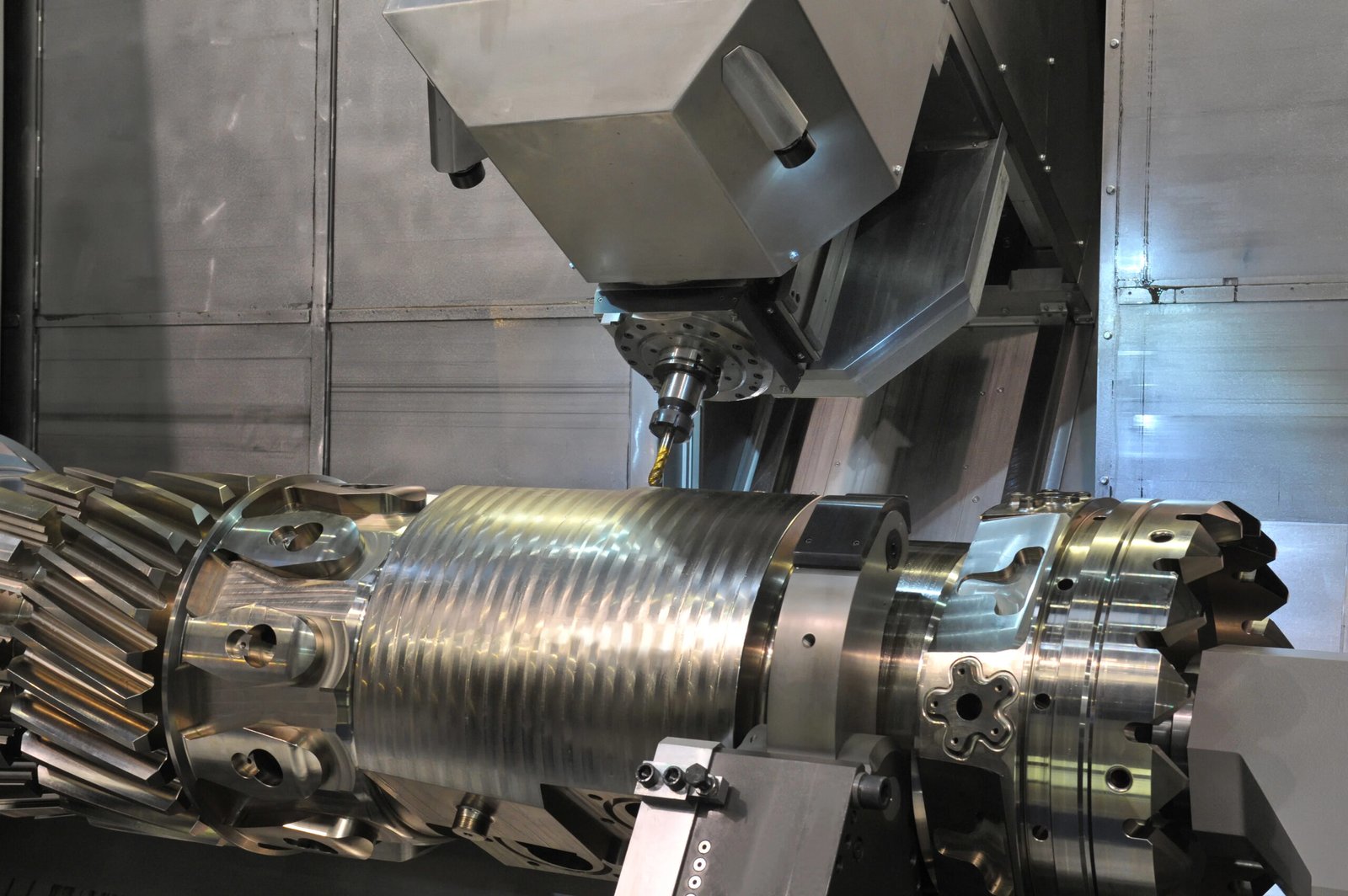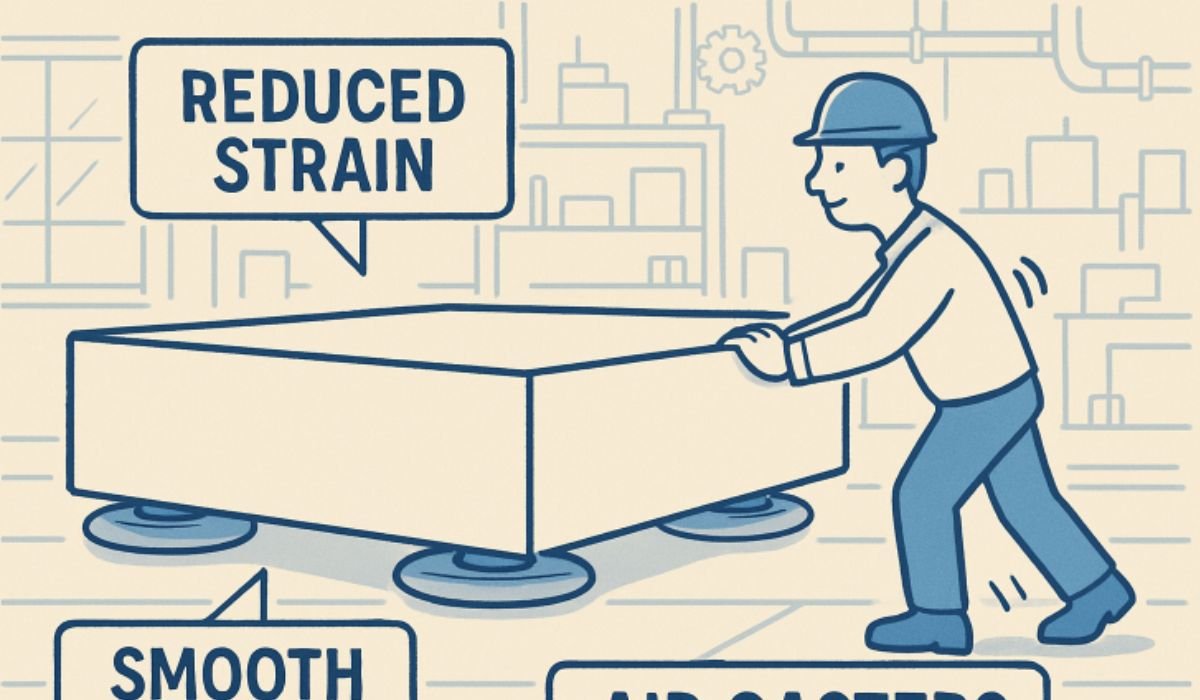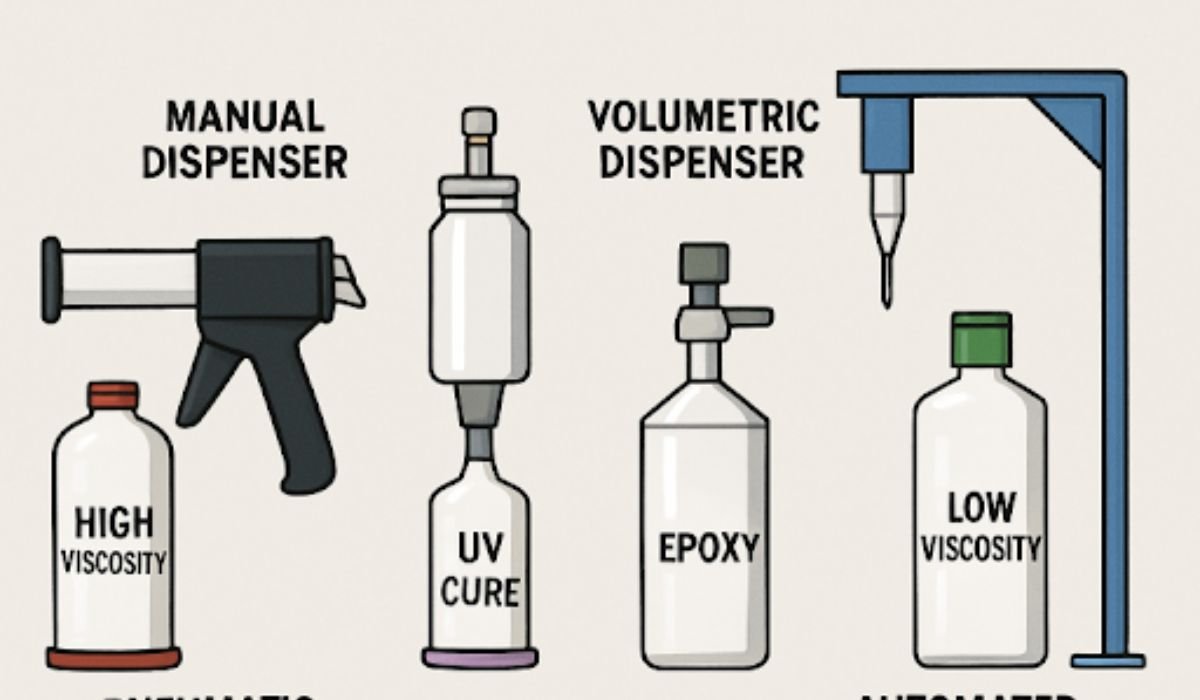Look, I’ve seen way too many expensive cutting machines turn into glorified paperweights because someone skipped maintenance. Top-rated flatbed cutters are incredible pieces of equipment, but they’re also precision instruments that demand respect and regular care. The difference between a machine that runs flawlessly for 10 years and one that starts giving you headaches after 18 months usually comes down to how well you treat it day-to-day. Most manufacturers design these systems to handle millions of cutting cycles, but that longevity depends entirely on following proper maintenance protocols and catching small issues before they become expensive disasters.
Daily Operational Checks
Starting each day with a quick machine inspection might feel like overkill, but it’s honestly the best insurance policy you can have. Check the vacuum system pressure readings first thing – they should be consistent with your baseline measurements. Any significant drops usually indicate a leak somewhere in the system, and catching that early can save you from ruined cutting jobs later.
The linear guides need visual inspection for any debris or contamination. Even tiny particles can cause binding or premature wear on the guide rails. I always tell operators to look for any unusual sounds during startup sequences too. These machines run so smoothly when they’re healthy that any grinding, squeaking, or irregular noises stand out immediately.
Blade condition affects everything downstream from cutting quality to motor wear. A dull blade forces the motors to work harder, which creates excess heat and accelerates component wear throughout the entire drive system.
Lubrication System Management
Here’s where a lot of people go wrong – they either over-lubricate or completely forget about it. Modern flatbed cutters use precision lubrication systems that deliver exact amounts of lubricant to specific points. Adding extra grease because you think it’ll help actually attracts more dirt and can interfere with the automated lubrication cycles.
Most systems have indicator lights or digital displays that show lubrication status, but don’t just rely on those. Check the actual lubrication points visually during scheduled maintenance windows. The grease should look clean and consistent – any discoloration or contamination means it’s time for a complete system flush.
Temperature monitoring of the lubrication system matters more than most people realize. Overheated lubricants break down chemically and lose their protective properties. If your system runs consistently hot, that’s usually a sign of either insufficient lubrication flow or mechanical problems that need attention.
Vacuum System Optimization
The vacuum system is basically the unsung hero of accurate cutting, but it’s also one of the most neglected maintenance areas. Filter replacement schedules aren’t suggestions – they’re requirements. Clogged filters force the vacuum pumps to work harder, which increases power consumption and reduces system life.
Check the vacuum lines regularly for any signs of wear or damage. Small leaks might not affect cutting performance immediately, but they reduce overall system efficiency and put extra load on the vacuum pumps. Most systems include vacuum level monitoring, but portable vacuum gauges give you much more detailed information about system health.
The vacuum table surface itself needs regular cleaning and inspection. Material residue buildup can create uneven hold-down pressure, which leads to cutting accuracy problems. Some materials leave behind sticky residues that actually attract more contamination over time.
Cutting Blade Care and Replacement
Blade management is part science, part art. Different materials create different wear patterns, and understanding those patterns helps you predict when replacement is needed before quality starts suffering. Corrugated materials tend to dull blades gradually, while abrasive materials like fiberglass can create sudden edge damage.
Keep detailed records of blade usage by material type and cutting time. This data helps you establish replacement schedules that prevent quality issues while maximizing blade life. Some operators try to squeeze extra life out of expensive blades, but the cost of ruined materials usually exceeds the blade replacement cost pretty quickly.
Proper blade storage matters too. Blades should be stored in protective cases to prevent edge damage, and they should be kept in climate-controlled environments to prevent corrosion. Even small amounts of rust on cutting edges can cause material tearing and poor cut quality.
Electrical System Monitoring
Modern cutting systems generate a lot of diagnostic data that most operators never look at. Motor current draw, servo position errors, and temperature readings all tell stories about machine health. Gradually increasing current draw often indicates mechanical binding or component wear before it becomes obvious during operation.
Keep the electrical enclosures clean and properly sealed. Dust contamination in control panels causes overheating and component failures. Check cooling fan operation regularly – a failed cooling fan can destroy expensive servo drives in a matter of hours under heavy load conditions.
READ ALSO: Sinkom: The Secret Sauce for Building Agile, Resilient Systems (That Actually Work)










